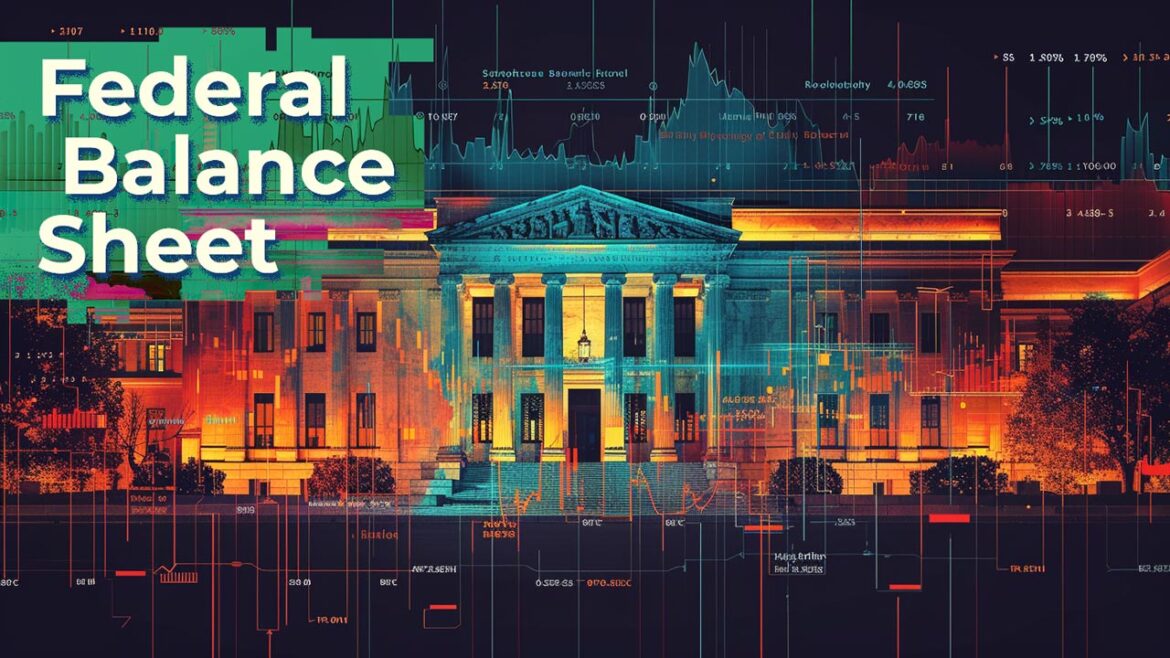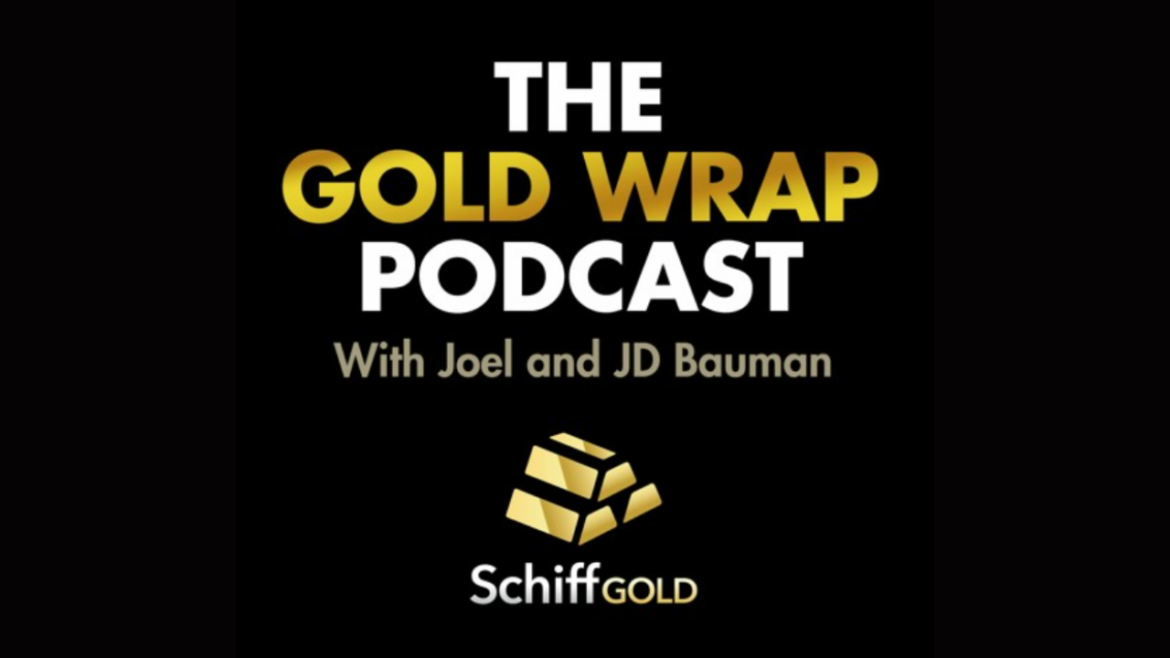Precious metals are apparently waking up. And here is where you can find the best deals.
Site:
Precious metals news
Gold prices inched up on Monday as investors anticipated key U.S. economic reports this week for insights into the economy's health, following an inflation report that hinted at possible Fed rate cuts in 2024. Spot gold rose 0.3% to $2,332.91 per ounce, and U.S. gold futures increased by 0.3% to $2,353.40. The market is focused on upcoming data, including the ISM PMI reading, ADP employment report, and non-farm payrolls, to see if it indicates a soft landing for the U.S. economy.
Gold prices dipped on Monday amid increased rate cut expectations that drove investors towards riskier assets, despite a weaker dollar. Concurrently, copper prices also fell due to mixed economic data from China and cooling speculative activity. Reduced safe haven demand for gold followed reports of a potential ceasefire between Israel and Hamas. Spot gold dropped 0.3% to $2,321.51 an ounce, while August gold futures fell 0.2% to $2,341.55 an ounce. Traders’ shift to riskier assets was further supported by easing U.S. inflation data, heightening expectations for a Fed rate cut in September.
Turkey's inflation surged to 75.5% in May, exceeding forecasts and marking what officials hope is the peak of a prolonged cost-of-living crisis. Monthly inflation also accelerated to 3.4%. Despite the sharp rise, Turkish policymakers, following more conventional economic strategies since President Erdogan's reelection, expect inflation to drop to 38% by year-end. Finance Minister Mehmet Simsek anticipates a significant decline starting in June, potentially bringing inflation below 50% by the end of the third quarter.
Fiat money is intrinsically worthless and yet people still value it. Where does this value come from? Our guest commentator cites Austrian thinkers Menger and Mises. He traces the purchasing power of paper money back its historical root: real money, i.e. physical gold.
 IMPORTANT GOLD & SILVER UPDATE JUNE 2nd: Are The Precious Metals Heading Even Higher Or A Correction Lower?
IMPORTANT GOLD & SILVER UPDATE JUNE 2nd: Are The Precious Metals Heading Even Higher Or A Correction Lower?June 2, 2024
With gold and silver prices correcting lower from the highs, what's next for the precious metals? Is silver heading back to $35 and then to $50, as many precious metals analysts believe? It's probably a good idea to look at the technicals and the market structure...
Central bank monetary tactics have proven to be a toxic remedy, amplifying rather than curing economic ailments. Like a surgeon whose operation only worsens the patient's condition, central banks administer policies that do more harm than good. Here are five ways central banks leave a legacy of financial turmoil.
The U.S. national debt is at 34.7 trillion dollars. If you laid that many dollar bills end-to-end, it would wrap around the Earth 134,599 times. That’s enough to travel to the sun and back 17 times. Suffice it to say, we’re in a pickle.
Five months into 2024 and gold has already matched all of 2023’s gains (+13%). We revisit some 2024 price predictions and discuss
A fundamental yet almost imperceptible shift has occurred. Those with their ears to the ground might have felt the tectonic plates beneath them shift, yet most are merely milling in the overworld. The grinning, faceless hordes of propagandists and marketers have become so successful that they feel they have inverted human nature itself.
The following analysis breaks down the Fed balance sheet in detail. It shows different parts of the balance sheet and how those amounts have changed. It also shows historical interest rate trends.
Gold prices have been significantly outperforming other assets due to a range of positive factors beyond U.S. interest rates and the dollar, according to Macquarie commodity strategists. The metal's strength is attributed to its reputation as a safe asset with no counterparty risk, increased central bank buying, and sustained interest from institutional investors. Despite recent corrections, the gold market remains robust, with notable trading activity from Chinese traders. Gold's resilience, even amid high inflation and strong U.S. monetary policy, highlights its broad appeal and strong performance relative to industrial metals.
OPEC+ is negotiating a complex deal to extend its current oil production cuts into 2025, sources revealed. The group, led by Saudi Arabia and Russia, has been reducing output by 5.86 million barrels per day since late 2022 to counter increased production from non-members like the U.S. and address demand concerns amid high global interest rates. The ongoing cuts include 3.66 million bpd by OPEC+ members through 2024 and 2.2 million bpd of voluntary cuts expiring in June. The new deal may extend these cuts into 2025 and late 2024, respectively.
Goldman Sachs remains "selectively bullish" on commodities like copper, gold, and oil, citing solid demand growth, structural upside in industrial metals and gold, and a reduced geopolitical risk premium for oil. The bank expects total commodity returns to rise from 13% year-to-date to 18% by year-end. They forecast copper could gain 15% to $12,000 per ton and gold could increase 14% to $2,700 per ounce by the end of 2024. Brent oil prices are expected to remain between $75 and $90 per barrel, with value seen in net long oil positions. Investors can track these commodities through exchange-traded funds.
Gold rebounded to the $2,340s on Thursday due to a weaker US Dollar following a downward revision of US GDP growth to 1.3% for Q1, from an initial 1.6%. This revision implies a weaker economy and potentially lower inflation, which could lead to reduced interest rates by the Federal Reserve, benefiting gold by lowering its holding costs. However, gold faces pressure from Fed officials suggesting rates will remain high and higher-than-expected inflation in Europe, particularly in Germany and Spain, reducing the likelihood of further rate cuts by the European Central Bank.
African governments from Zambia, Zimbabwe, Nigeria, and South Sudan are cracking down on street currency dealers to defend their currencies from speculative trading, resulting in bans, arrests, fines, and revised regulations. Despite these efforts, parallel markets with more widely used exchange rates persist. Recently, Ghana joined the crackdown by imposing new rules on street dealers and setting up a task force to enforce compliance, as announced by Governor Ernest Addison.
The Federal Reserve's preferred inflation measure, the personal consumption expenditures (PCE) price index excluding food and energy, rose 0.2% in April, meeting expectations. Annually, core PCE increased by 2.8%, slightly above estimates. Including food and energy, PCE inflation was 2.7% annually and 0.3% monthly, also in line with forecasts. This measure is favored over the consumer price index (CPI) due to its broader scope and ability to account for changes in consumer behavior. Despite the slight rise, Fed officials, including Chair Jerome Powell, are concerned about the persistent inflation range.
Gold prices reached a record high of $2,449.89 per ounce, with silver and copper also seeing significant gains. Although these metals have slightly retreated, they remain near their peaks, with analysts predicting further increases over the next year. UBS Bank raised its gold price forecast to $2,500 per ounce by the end of September and $2,600 by year-end, driven by strong Chinese demand and weak US economic data affecting interest rate expectations. High interest rates usually pressure gold by making Treasury bonds more attractive, but UBS remains bullish, expecting gold to continue setting new records.
As silver holds above $30 per oz, Joel and JD discuss disastrous Chicago manufacturing, Howard Marks, Trump's conviction, and the current shortage in platinum.
American-made weapons will soon be bound for Taiwan, American lawmakers are telling Taiwanese President Lai Ching-te, sending shockwaves of uncertainty through electronics and metals markets this week.
Goldman Sachs predicts record-high prices for copper and gold in 2024 due to increased demand from AI and defense sectors. The bank forecasts copper to reach $12,000 a ton and gold to hit $2,700 an ounce. This surge is driven by a "5D Bull Market" involving disinvestment, decarbonization, de-risking, data centers, and defense spending. Low investment in new production capacity and rising demand from AI, data centers, defense, and green transitions are tightening the market for critical metals.














